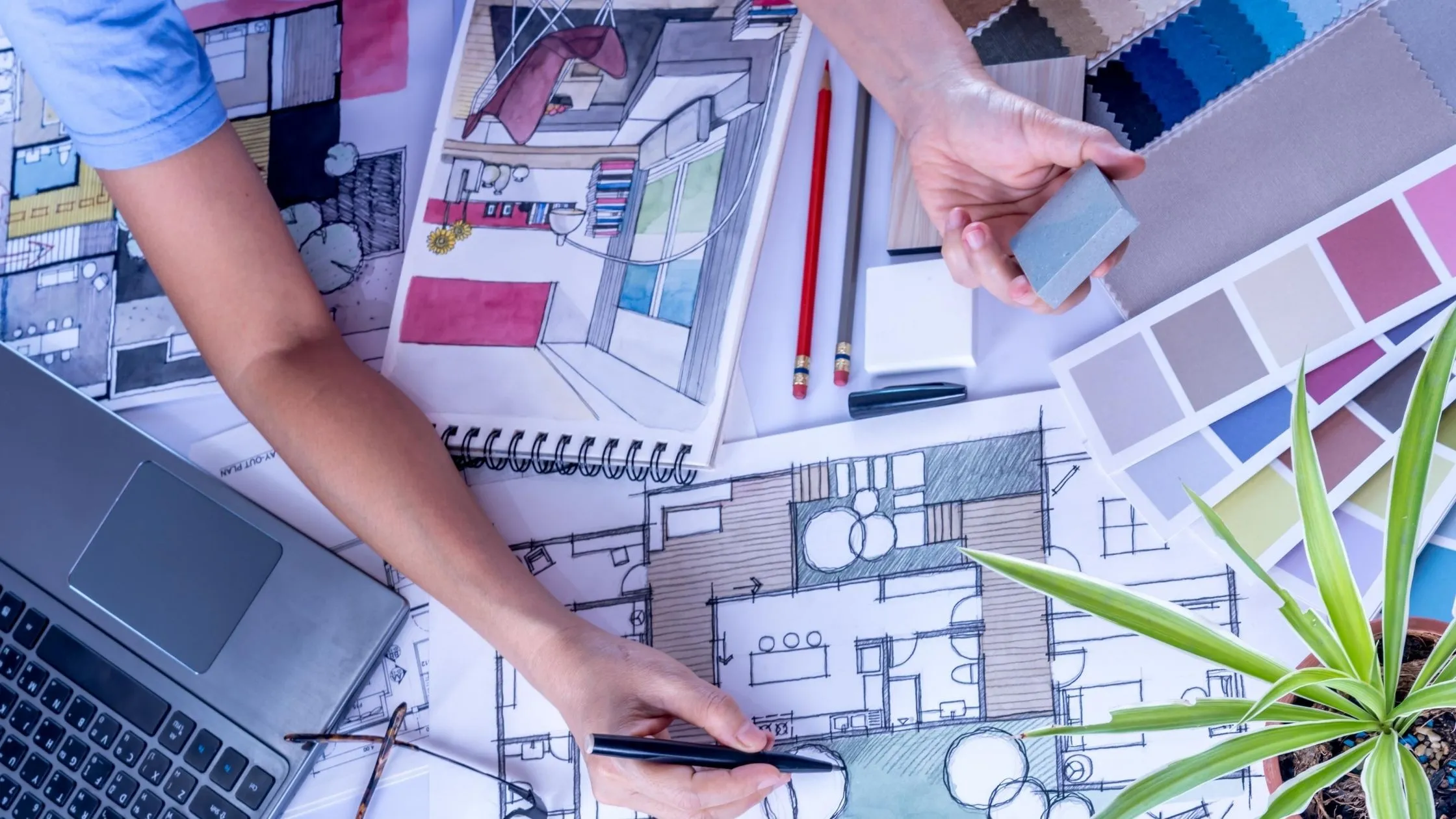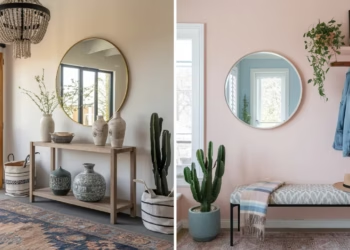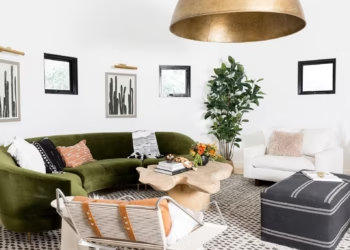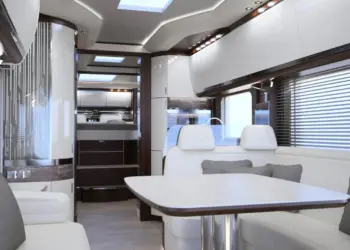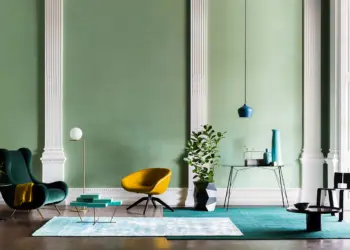Interior design is more than arranging furniture; it’s about transforming spaces into captivating, functional environments. If you have an eye for aesthetics and a passion for creating harmonious interiors, a career in interior design could be your calling. In this guide, we’ll delve into the intricacies of how to get into interior design, covering essential skills, educational pathways, gaining practical experience, mastering tools, and navigating the job market.
Table of Contents
What is Interior Design?
The Allure of Interior Design
Interior design is the art of enhancing the interior of a space to create a more aesthetically pleasing and functional environment. It involves a combination of creativity, technical knowledge, and a deep understanding of human behavior. The allure of interior design lies in the ability to transform ordinary spaces into extraordinary experiences.
Why Pursue a Career in Interior Design?
In recent years, there has been a significant surge in the demand for skilled interior designers. The shift towards valuing well-designed spaces, whether in homes, offices, or commercial establishments, has opened up numerous opportunities in the field. Interior designers have the power to influence how people interact with their surroundings, making it a fulfilling and impactful career choice.
The Growing Demand for Interior Designers
With the increasing importance placed on aesthetics and functionality, the demand for interior designers continues to grow. Businesses, homeowners, and even public spaces recognize the value of well-designed interiors in enhancing experiences and creating memorable environments.
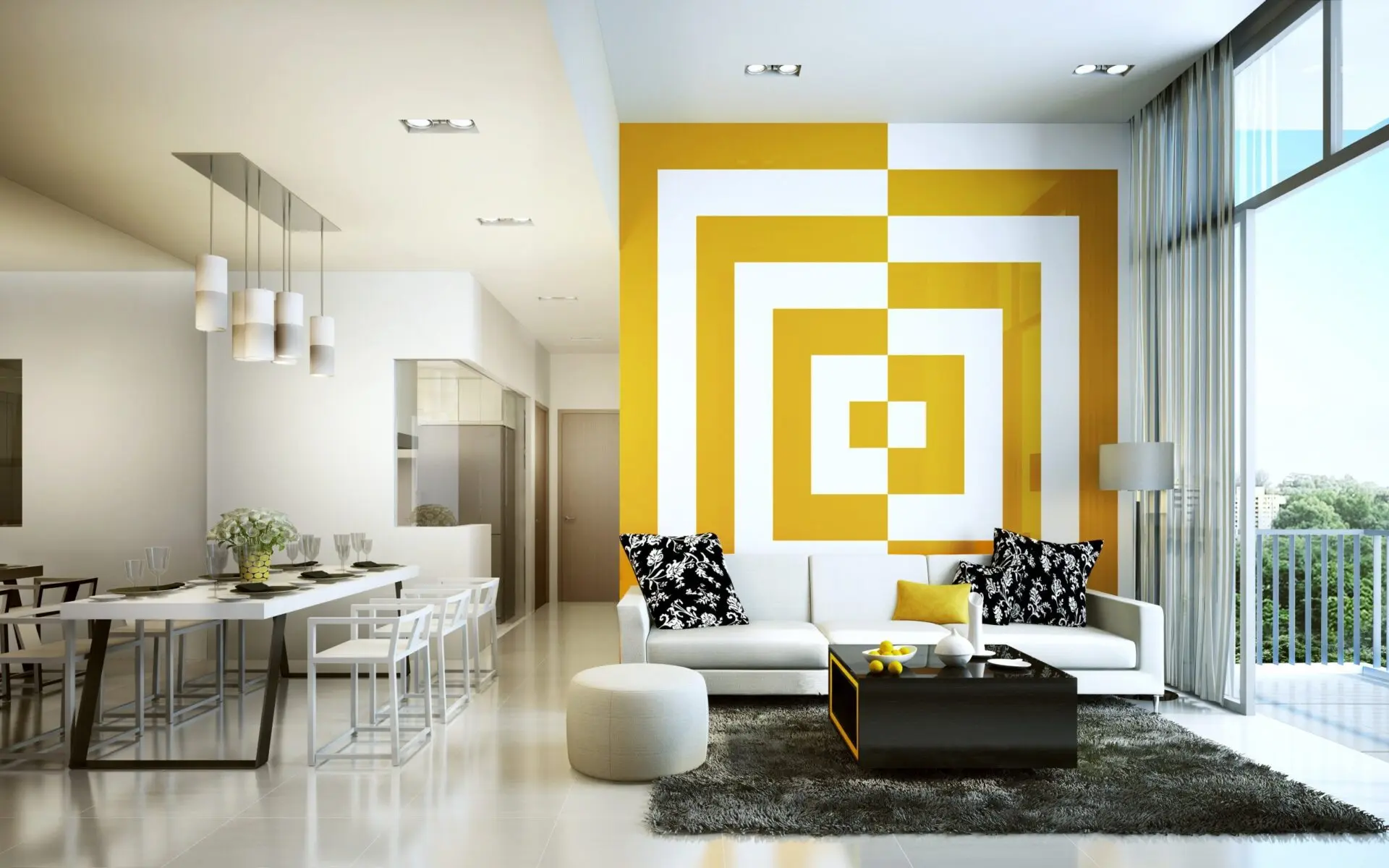
Acquire Essential Skills for Aspiring Interior Designers
Creativity and Innovation: how to get into interior decorating
Interior design is a creative endeavor that requires thinking outside the box. Aspiring designers should cultivate a mindset of innovation, constantly seeking fresh ideas and approaches to design challenges. Whether it’s reimagining a living space or optimizing a commercial setting, creativity is the cornerstone of a successful interior design career.
Attention to Detail
In the world of interior design, details matter. From the placement of furniture to the choice of color palettes, every element contributes to the overall design. Developing a keen attention to detail ensures that the final result is not only visually appealing but also functional and cohesive.
Communication Skills
Interior designers don’t work in isolation; effective communication is key. As a designer, you’ll need to articulate your ideas clearly to clients, collaborate with other professionals, and coordinate with contractors. Strong communication skills bridge the gap between conceptualizing a design and bringing it to life.
Technical Proficiency
While creativity is vital, a solid understanding of technical aspects is equally important. Interior designers must be familiar with architectural principles, building codes, and construction processes. Embracing technology, such as computer-aided design (CAD) software, is essential for translating concepts into tangible designs.
Explore Educational Pathways and Qualifications
Formal Education vs. Self-Taught: How To Become An Interior Designer
One of the first decisions aspiring interior designers face is whether to pursue formal education or take a self-taught route. While some designers are self-taught, formal education provides a structured learning environment and exposure to industry-standard practices.
Accredited Interior Design Programs
Opting for accredited interior design programs ensures that you receive a comprehensive education. Look for programs recognized by professional organizations and industry associations, as they often adhere to high standards and provide valuable networking opportunities.
Certifications and Licenses
In certain regions, interior designers may be required to obtain certifications or licenses. These credentials not only enhance your credibility but also demonstrate a commitment to maintaining industry standards. Research the requirements in your area and pursue relevant certifications to bolster your qualifications.
Building a Strong Portfolio
Regardless of your educational background, a strong portfolio is your most potent tool in the interior design industry. Showcase your best projects, highlighting your design philosophy, creativity, and ability to solve design challenges. A well-curated portfolio can speak volumes about your skills and style.
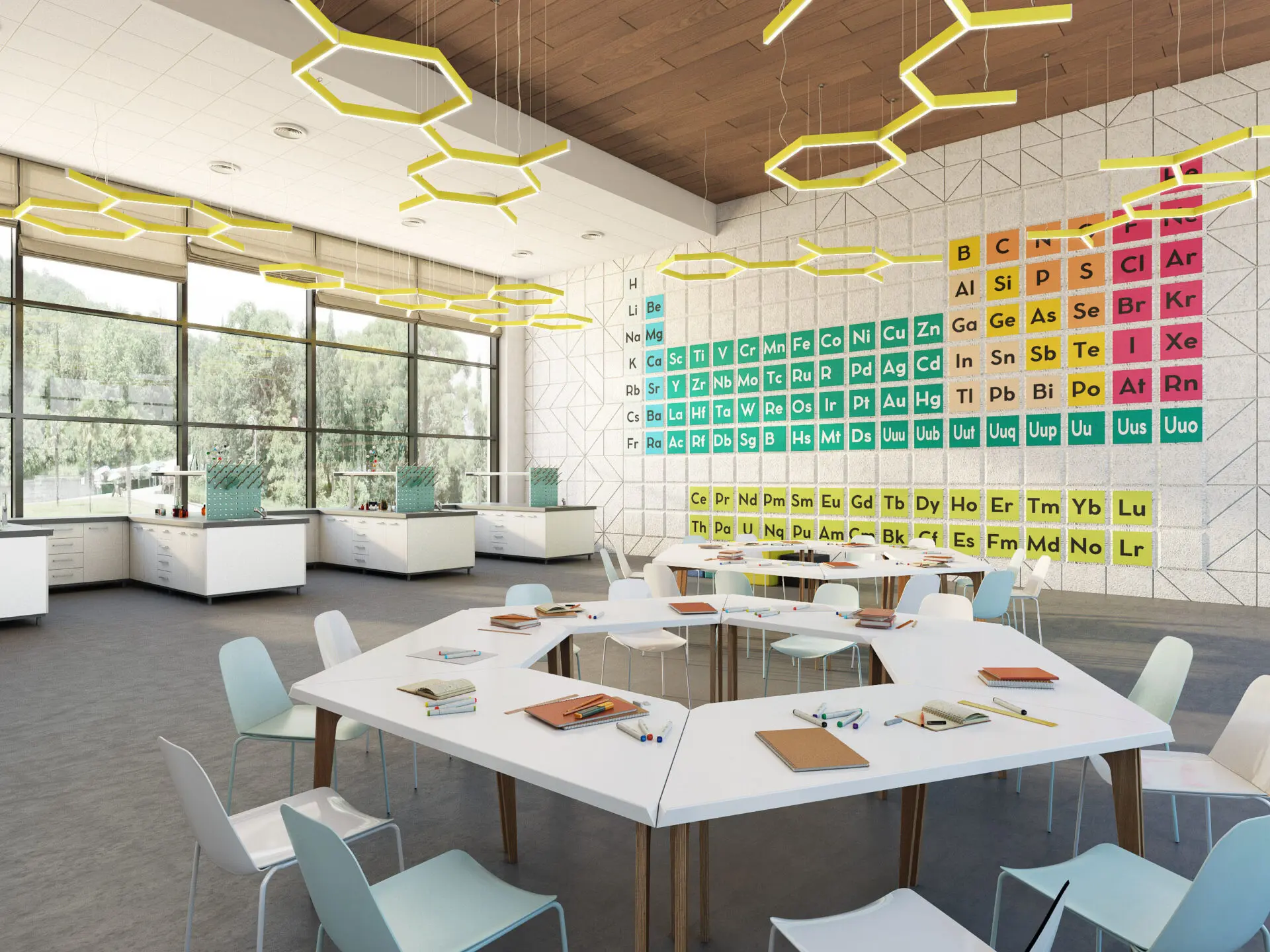
Dive into the Field: Gaining Practical Experience
Internships and Apprenticeships
Hands-on experience is invaluable in the world of interior design. Seek internships or apprenticeships with established designers or design firms to gain practical insights into the industry. Real-world projects provide an opportunity to apply theoretical knowledge and build a network of industry contacts.
Networking in the Industry
Building connections within the industry is crucial for career advancement. Attend networking events, join professional organizations, and connect with fellow designers on social media platforms. Networking opens doors to collaborations, job opportunities, and mentorship.
Personal Projects and Case Studies: how to become an interior designers?
While formal education and internships provide a foundation, personal projects and case studies allow you to explore your unique style. Take on small projects for friends or family, documenting your process and showcasing the final results in your portfolio. These projects demonstrate initiative and a proactive approach to design challenges.
Showcasing Your Work Online
In the digital age, an online presence is indispensable. Create a professional website or interior design portfolio to showcase your best work. Utilize social media platforms to share your designs, engage with the design community, and attract potential clients. A strong online presence enhances your visibility and credibility as a designer.

Master Essential Tools and Software for Interior Design
CAD Software and 3D Modeling
Computer-aided design (CAD) software is a fundamental tool for interior designers. Mastery of programs like AutoCAD allows you to create detailed floor plans, elevations, and 3D models. These tools not only streamline the design process but also facilitate effective communication with clients and contractors.
Photoshop and Graphic Design Tools
Aesthetic presentation is a significant aspect of interior design. Proficiency in graphic design tools, such as Photoshop, enables you to create visually compelling presentations and mood boards. These visuals help clients envision the final design and contribute to effective communication.
Project Management Software
Interior designers often juggle multiple projects simultaneously. Project management software helps organize tasks, track timelines, and collaborate with clients and contractors. Familiarize yourself with popular project management tools to ensure seamless project execution.
Staying Updated with Technological Advancements
The field of interior design evolves with technological advancements. Stay informed about the latest tools and software updates to remain competitive. Attend workshops, webinars, and conferences to learn about emerging technologies and how they can enhance your design process.

Develop a Unique Design Style that Sets You Apart
Finding Your Design Identity
As you progress in your interior design journey, finding your unique design identity becomes paramount. Explore various styles, experiment with different color palettes, and pay attention to what resonates with you. Your individuality is what sets you apart in a competitive industry.
Drawing Inspiration from Various Sources
Inspiration is everywhere. Draw ideas from art, nature, architecture, and even everyday life. Keep a design journal to document inspirations, sketches, and thoughts. By continuously seeking inspiration, you’ll develop a rich repertoire of ideas to draw from in your projects.
Incorporating Personal Touches
A personal touch adds warmth and authenticity to your designs. Whether it’s integrating cultural elements, repurposing vintage finds, or incorporating client preferences, infusing personal touches creates spaces with character and resonance.
Balancing Trends and Timelessness
While staying abreast of design trends is important, balancing them with timeless elements ensures your designs have enduring appeal. Trends come and go, but a design that stands the test of time is a testament to your skill and understanding of enduring aesthetics.
Build a Professional Network in the Interior Design Community
Joining Professional Organizations
Professional organizations, such as the American Society of Interior Designers (ASID) or the International Interior Design Association (IIDA), provide a platform for networking, professional development, and access to industry resources. Joining such organizations connects you with like-minded professionals and opens doors to opportunities.
Attending Industry Events and Conferences
Industry events and conferences offer a chance to stay updated on industry trends, connect with established designers, and showcase your work. Attend seminars, panel discussions, and workshops to expand your knowledge and network with key players in the field.
Connecting on Social Media Platforms
Social media platforms like Instagram and LinkedIn are powerful tools for building your brand and connecting with the design community. Share your projects, engage with other designers, and participate in relevant conversations. Social media provides a global stage to showcase your work and attract potential clients.
Mentoring and Being Mentored
Establishing mentor-mentee relationships is mutually beneficial. Seek guidance from experienced designers, and offer your insights to those just starting. Mentoring provides valuable advice, encouragement, and insights into the industry, fostering both personal and professional growth.

Navigate the Job Market in Interior Design
Crafting an Outstanding Resume
Your resume is often the first impression on potential employers or clients. Tailor your resume to highlight relevant skills, experiences, and accomplishments. Use concise and compelling language to showcase your unique value as an interior designer.
Preparing for Interviews
Interviews are an opportunity to demonstrate not only your technical skills but also your passion for design. Be prepared to discuss your portfolio, design philosophy, and how you approach challenges. Showcase your ability to communicate and collaborate effectively.
Freelancing vs. Working for a Firm
Decide whether freelancing or working for a design firm aligns with your career goals. Freelancing offers flexibility and autonomy, while working for a firm provides a structured environment, mentorship opportunities, and exposure to a variety of projects.
Negotiating Salaries and Contracts
Navigating salary negotiations and contracts is a crucial aspect of entering the job market. Research industry standards, be transparent about your expectations, and ensure the terms of your contract align with your career objectives. A fair and mutually beneficial agreement sets the foundation for a successful partnership.
Triumph over Obstacles: Overcome Challenges Faced in the Interior Design Field
Dealing with Client Expectations
Managing client expectations is an ongoing challenge in interior design. Develop strong communication skills to understand client needs, set realistic expectations, and navigate feedback. A satisfied client not only ensures project success but also contributes to your reputation in the industry.
Managing Budget Constraints
Budget constraints are a common reality in design projects. Learn to balance creativity with practicality, finding innovative solutions that align with budgetary constraints. Transparent communication about budget expectations from the outset helps avoid conflicts later in the project.
Handling Criticism and Rejection
In a creative field, criticism is inevitable. Embrace constructive criticism as an opportunity for growth. Learn to differentiate between personal feedback and professional critique, using feedback to refine your skills and enhance the quality of your work.
Adapting to Industry Trends
The design industry evolves rapidly, with trends and client preferences changing over time. Stay adaptable and open to learning new techniques, styles, and technologies. Embracing change ensures that your designs remain relevant and appealing to a diverse range of clients.
Feed Your Creativity: Stay Inspired and Continuously Learn in the Dynamic World of Interior Design
Embracing a Lifelong Learning Mindset
Interior design is a dynamic field, and embracing a lifelong learning mindset is essential for sustained success. Stay curious, seek out new challenges, and be proactive in expanding your skill set. A commitment to learning positions you as a forward-thinking designer in a competitive industry.
Exploring New Design Trends
Stay informed about emerging design trends by following industry publications, blogs, and attending design shows. Incorporate new trends selectively into your work, ensuring they align with your design philosophy and the preferences of your target audience.
Attending Workshops and Courses
Workshops and courses provide opportunities for hands-on learning and skill development. Attend both online and in-person workshops to learn from experienced designers, gain practical insights, and connect with fellow design enthusiasts.
Collaborating with Other Designers
Collaboration fuels creativity. Engage with other designers, whether through formal collaborations or informal discussions. Sharing ideas, experiences, and challenges with peers fosters a supportive community and opens doors to new perspectives.

Embarking on a career in interior design is a thrilling journey filled with opportunities for creativity, growth, and impact. By honing essential skills, navigating educational pathways, gaining practical experience, mastering tools, and building a professional network, aspiring designers can carve a successful path in this dynamic field. Remember, the key to longevity in interior design is a combination of passion, adaptability, and a commitment to continuous learning.
FAQs
What qualifications do I need to become an interior designer?
Begin learning interior design by exploring courses that cover the basic elements and principles of design. Online platforms offer beginner courses that delve into details such as line, form, and color in interior decor.
How do I start learning interior design?
Start an interior design business by determining the services you’ll offer, focusing on your style and specialty, and developing a business plan. Identify your target market, set your pricing, and establish a strong online presence. Networking and gaining experience are crucial steps.
How to start an interior design business?
Getting into interior design can be competitive, but it’s accessible with the right education and experience. Networking, building a strong portfolio, and gaining practical skills through internships or entry-level positions can enhance your chances.
Is interior design career worth it?
The worth of an interior design career depends on personal interests and goals. It offers creative fulfillment, the opportunity to transform spaces, and a potential for a lucrative career. Consider your passion for design and helping clients create functional and aesthetically pleasing environments.
Is it fun to be an interior designer?
Being an interior designer can be fun for those who enjoy creativity, problem-solving, and working with diverse clients. The joy comes from bringing visions to life, exploring design trends, and continuously evolving in the dynamic field of interior design.
